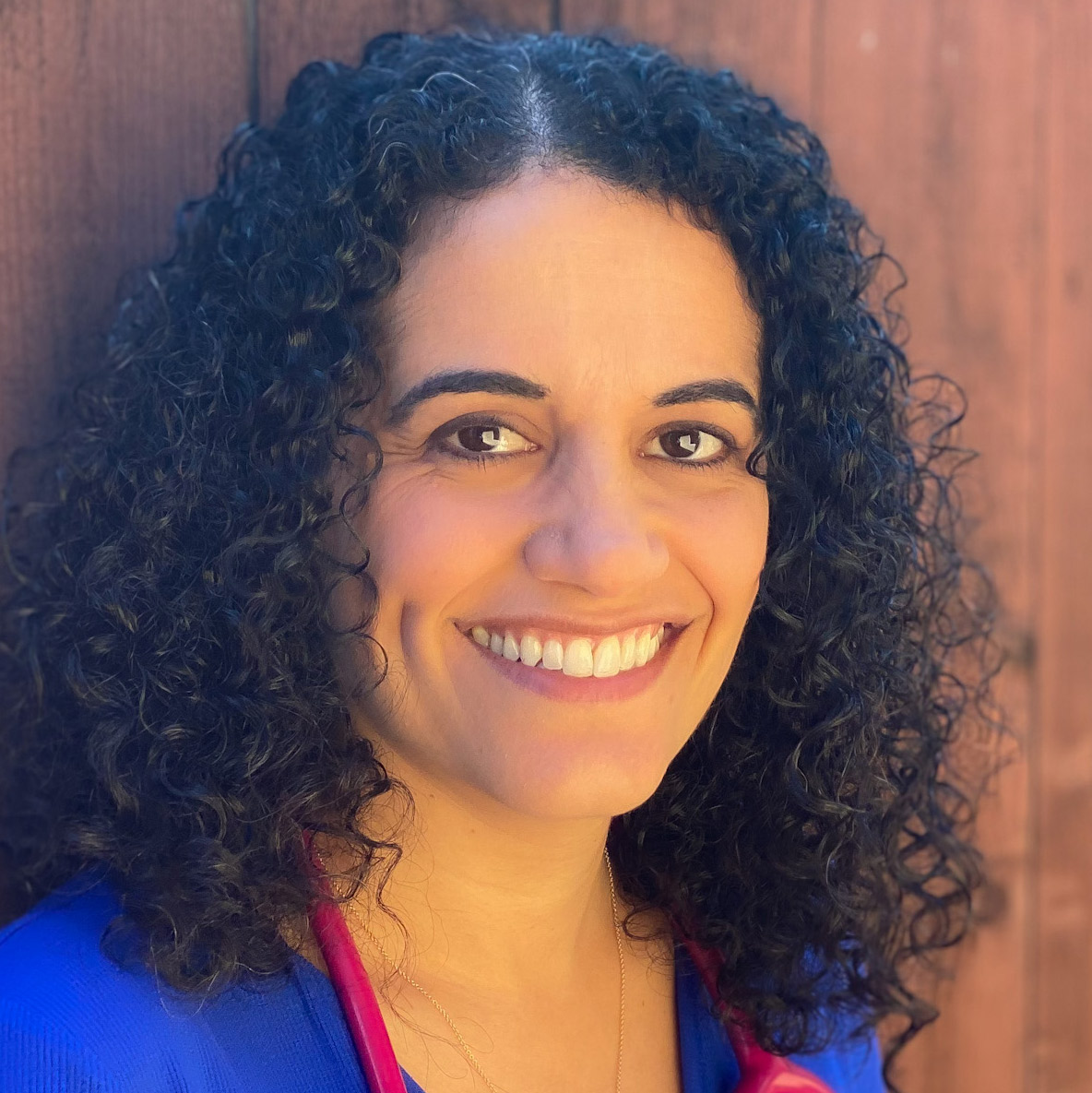5 Surefire Ways Amateur Sex Gif Will Drive Your business Into The ground
15 Oct , 2024
 Consequently, feminists have argued that “frigidity” was “outlined by males as the failure of women to have vaginal orgasms”. The distinction was made as a result of males report more intense and frequent sexual want than ladies. If the clinician thinks that part of the issue is a results of stress, techniques could also be really useful to more effectively deal with that. Only in the early nineteenth century have been girls first described as “frigid”, and an unlimited literature exists on what was thought-about a severe downside if a lady did not desire intercourse with her husband. The first motivation for this was that previous models for intercourse therapy assumed certain ranges of sexual curiosity in a single’s partner and that issues had been solely caused by abnormal functioning/non-functioning of the genitals or performance anxiety however that therapies primarily based on those issues were ineffective for people who did not sexually desire their companion. Sometimes problems occur as a result of individuals have unrealistic perceptions about what regular sexuality is and are involved that they do not evaluate nicely to that, and this is one reason why education could be vital. Within this context, individuals who were habitually uninterested in sex, who in earlier instances might not have seen this as an issue, have been more prone to feel that this was a situation that needed to be fastened.
Consequently, feminists have argued that “frigidity” was “outlined by males as the failure of women to have vaginal orgasms”. The distinction was made as a result of males report more intense and frequent sexual want than ladies. If the clinician thinks that part of the issue is a results of stress, techniques could also be really useful to more effectively deal with that. Only in the early nineteenth century have been girls first described as “frigid”, and an unlimited literature exists on what was thought-about a severe downside if a lady did not desire intercourse with her husband. The first motivation for this was that previous models for intercourse therapy assumed certain ranges of sexual curiosity in a single’s partner and that issues had been solely caused by abnormal functioning/non-functioning of the genitals or performance anxiety however that therapies primarily based on those issues were ineffective for people who did not sexually desire their companion. Sometimes problems occur as a result of individuals have unrealistic perceptions about what regular sexuality is and are involved that they do not evaluate nicely to that, and this is one reason why education could be vital. Within this context, individuals who were habitually uninterested in sex, who in earlier instances might not have seen this as an issue, have been more prone to feel that this was a situation that needed to be fastened.
 If the clinician believes it’s rooted in a psychological downside, he or she may recommend therapy. Therefore, it is common for each companions to be concerned in therapy. In the case of males, the therapy might rely upon the subtype of HSDD. Typically, the therapist tries to discover a psychological or biological trigger of the HSDD. The term “hypoactive sexual desire” is more awkward, but more impartial with respect to the cause. In addition to this subdivision, one purpose for the change is that the committee concerned in revising the psychosexual disorders for the DSM-III-R thought that the term “inhibited” suggests psychodynamic trigger (i.e., that the circumstances for sexual want are current, but the individual is, for some motive, inhibiting their own sexual interest). Additionally, in the third edition of the Diagnostic and Statistical Manual for Mental Disorders (DSM-III), frigidity and impotence have been cited as alternate nomenclatures for Inhibited Sexual Excitement. The following year, 1978, Lief and Kaplan together made a proposal to the APA’s taskforce for sexual disorders for the DSM III, of which Kaplan and Lief had been both members. The main ‘Understanding Anonymity’ booklet does not point out safety from disclosure of a criminal offense and there have been a number of instances of AA members being convicted of crimes, including, homicide after confessing to their sponsors.
If the clinician believes it’s rooted in a psychological downside, he or she may recommend therapy. Therefore, it is common for each companions to be concerned in therapy. In the case of males, the therapy might rely upon the subtype of HSDD. Typically, the therapist tries to discover a psychological or biological trigger of the HSDD. The term “hypoactive sexual desire” is more awkward, but more impartial with respect to the cause. In addition to this subdivision, one purpose for the change is that the committee concerned in revising the psychosexual disorders for the DSM-III-R thought that the term “inhibited” suggests psychodynamic trigger (i.e., that the circumstances for sexual want are current, but the individual is, for some motive, inhibiting their own sexual interest). Additionally, in the third edition of the Diagnostic and Statistical Manual for Mental Disorders (DSM-III), frigidity and impotence have been cited as alternate nomenclatures for Inhibited Sexual Excitement. The following year, 1978, Lief and Kaplan together made a proposal to the APA’s taskforce for sexual disorders for the DSM III, of which Kaplan and Lief had been both members. The main ‘Understanding Anonymity’ booklet does not point out safety from disclosure of a criminal offense and there have been a number of instances of AA members being convicted of crimes, including, homicide after confessing to their sponsors.
Because of this, some members of the asexual group lobbied the psychological well being community working on the DSM-5 to regard hypoactive sexual want not as a disorder, but as a sexual orientation. If not, therapy typically focuses more on relationship and communication issues, improved communication (verbal and nonverbal), engaged on non-sexual intimacy, or schooling about sexuality might all be attainable parts of therapy. The truth is, that it isn’t the Jewish banking conspiracy, or the gray aliens, or the twelve-foot reptiloids from another dimension which might be in control, the truth is way more frightening; no one is in control, the world is rudderless.” –Alan Moore “Loneliness leads to nothing good, only detachment. ONEIRO-CRITICISM, or the artwork of interpreting dreams, is a relic of essentially the most remote ages, which has subsisted through all of the changes that ethical or physical revolutions have operated on the earth. Some critics of hypoactive sexual desire disorder have described it as ego-dystonic asexuality in some instances, pointing out that it pathologizes a scarcity of sexual desire. Within the revision of the DSM-III, printed in 1987 (DSM-III-R), ISD was subdivided into two categories: Hypoactive Sexual Desire Disorder and Sexual Aversion Disorder (Sad).
The DSM-5, printed in 2013, cut up HSDD into male hypoactive sexual desire disorder and feminine sexual interest/arousal disorder. HSDD could perform to pathologize asexuals, although their lack of sexual desire might not be maladaptive. Based on Lori Brotto, this classification is fascinating in comparison with the DSM-IV classification system as a result of: (1) it displays the discovering that want and arousal are likely to overlap (2) it differentiates between ladies who lack want earlier than the onset of activity, but who are receptive to initiation and or provoke sexual activity for causes apart from need, and girls who by no means experience sexual arousal (3) it takes the variability in sexual desire into account. An asexual person may expertise distress due to allonormativity, probably meeting the distress situation for diagnosis. Italian researchers found that senior residents who consume diets which are high in monounsaturated fats are less likely to expertise age-related thinking and memory decline. Its approval was controversial and a systematic assessment discovered its advantages to be marginal. HSDD has been criticized over pathologizing regular variations in sexuality as a result of the parameters of normality are unclear. One might declare that this criterion (for all of the sexual dysfunctions, including HSDD) decreases the scientific validity of the diagnoses or is a cover-up for a scarcity of information on what constitutes normal sexual perform.